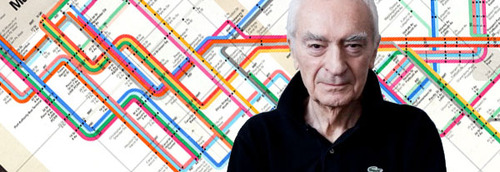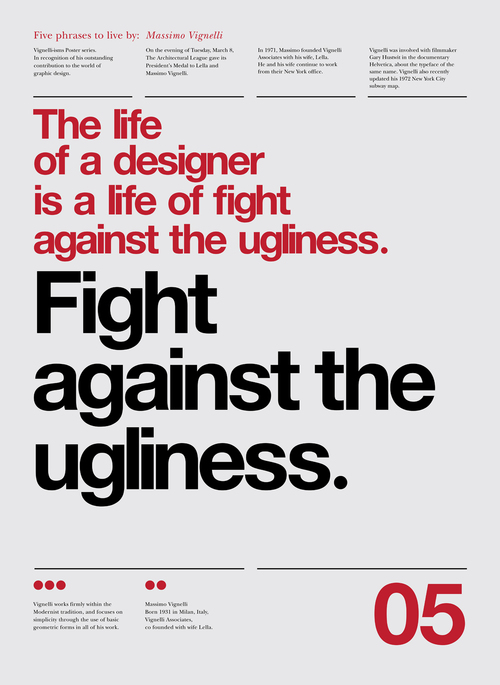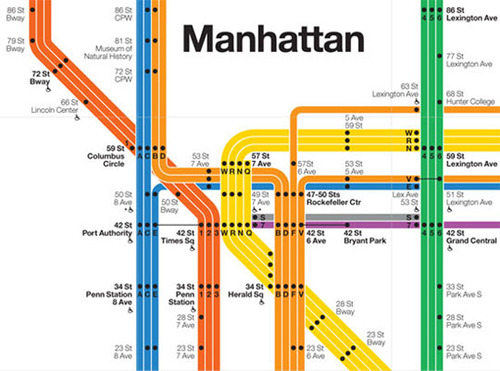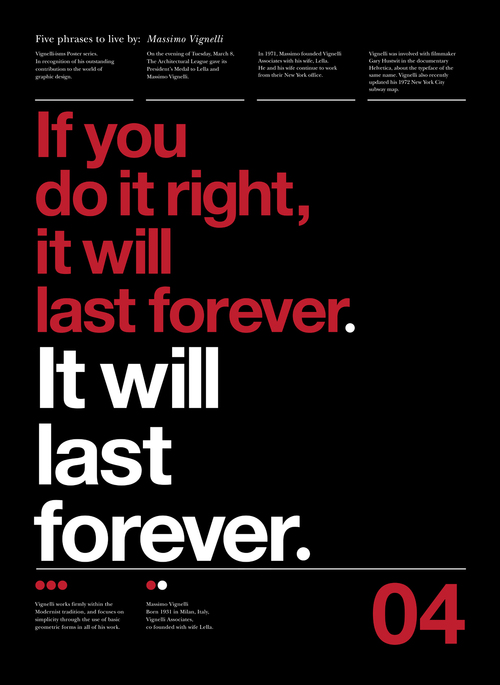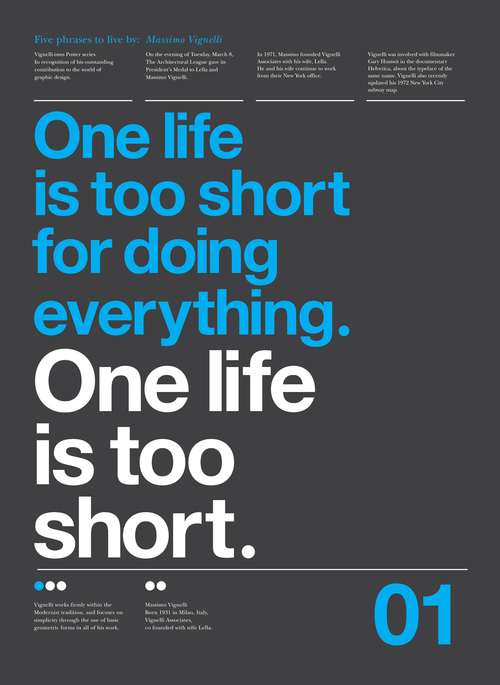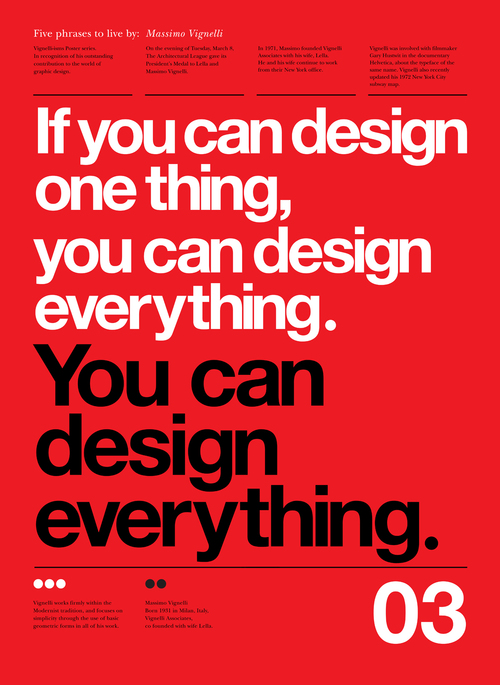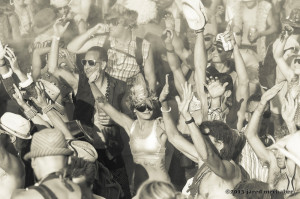Jon Bream | (TNS) Star Tribune
With his arms wide open — and that radiant smile — Tony Bennett welcomes you to San Francisco.
The larger-than-life statue of the late, legendary crooner — microphone in hand, smile as warm as California sunshine — basks outside the posh Fairmont hotel, on a block named Tony Bennett Way.
Bennett famously left his heart in San Francisco — and left his mark on the Fairmont. In the lobby, a large heart sculpture by Bennett beckons, finished with his painted expanse of the Golden Gate Bridge. In the hotel’s Heritage Hall, there’s the unofficial Tony Bennett Corner, featuring old photos, a huge plaque for the million-selling “Duets II” and signed sheet music for “I Left My Heart in San Francisco.”

This display is around the corner from the ornate Venetian Room, where Bennett first performed his signature song in 1961.
The Fairmont and Bennett are inextricably linked, from a photo portrait of the singer made up of hundreds of tiny album covers to the Tony Bennett Suite, all 1,125 square feet on the 22nd floor. Rates start at $3,000 per night.
On this year’s Valentine’s Day, there was a heartfelt tribute to Bennett as a San Francisco cable car was named for him, the first time this has happened for a person. He died in July 2023.

Since the proud native New Yorker is so closely identified with the City by the Bay, we wanted to know his favorite places there. His widow, Susan Benedetto, sent us a list.
Restaurants
Benedetto would always call ahead to make sure Sotto Mare, an Italian seafood bistro in the North Beach neighborhood, was featuring her husband’s favorite dish, crab diavolo.
It’s a long, narrow trattoria with a 20-seat counter and a handful of tables inside and outside (with heat lamps for those wimpy Californians). The cluttered decor is nautical, with giant mounted fish, antique angler gear and pictures of previous diners smothering the walls. Tony Bennett merits three photos, including one with the restaurant’s owners.
The crooner had his favorite table, a four-top near the front. He didn’t have to get on a waiting list, owner Rich Azzolino told me. C’mon, he’s Tony Bennett! People recognized him, always dapper in a suit or sports jacket, but Azzolino wouldn’t let people bother him.
The main attraction at Sotto Mare is the “best damn crab cioppino,” for $54.95 and enough for two people. Azzolino and his wife, Laura, will provide a special bib if you order it. They offer clam chowder with bacon, as well as many kinds of seafood — from lobster ravioli to salmon in lemon caper sauce — plus wine and beer but no dessert or coffee. There are plenty of options for those in North Beach.
Also on Bennett’s list is the oldest restaurant in San Francisco, the 175-year-old Tadich Grill. It’s an old-school steak and seafood joint with white-jacket waitstaff. The Tadich evokes Murray’s in downtown Minneapolis except it has a staggering 75-plus entrees, ranging from filet mignon to halibut in soy ginger broth.
A few times a year, Bennett would sit in one of the secluded booths, perfect for a romantic, autograph-free lunch or dinner. The singer favored the petrale sole filet, according to general manager Jose Maxmilian Paredes.
For breakfast, the Bennetts frequented Sears Fine Food, a few blocks downhill from the Fairmont. It’s a comfy old-fashioned place, decorated with photos and posters from other eras, reminiscent of the long-shuttered Becky’s Cafeteria in Minneapolis. Order the 18 Swedish pancakes, the house specialty.
Places
An exhibited painter who traveled with his tools, Bennett had two favorite San Francisco spots to inspire his artwork — the Japanese Tea Garden and the Palace of Fine Arts.

Located in spacious Golden Gate Park, the Japanese Tea Garden was established in 1894 for the California Midwinter International Exposition, aka the World’s Fair. Since remodeled, it features a series of paths, ponds and plants as well as a five-story pagoda, a moon bridge and, of course, a tea house. The oldest Japanese garden in the United States is serene and relaxing even when it’s overrun with tourists.
What’s a Roman-like ruin doing in the middle of a San Francisco neighborhood? The Palace of Fine Arts was built for the 1915 Panama-Pacific International Exposition. What’s left after renovations is an open-air rotunda around a lagoon. Designed as a restful place between the expo’s exhibits, it remains tranquil and picturesque, a spot where locals take photos to commemorate graduation or quinceañera.
Bennett also recommended visiting:
— Coit Tower, which affords a 360-degree view of the city as well as historic social realism murals along the climb (the elevator hasn’t worked since 2022 so you have to negotiate 234 steps).
— Alcatraz, the former federal prison that is a considerable time commitment (no pun intended) because it’s on an island accessible by ferry.
— Oracle Park, the baseball stadium by San Francisco Bay where, after the Giants win, a recording of Bennett singing “I Left My Heart in San Francisco” is proudly played.
No visit to Bennett’s San Francisco would be complete, his widow says, without having a drink in the Tonga Room, the anomaly in the opulent Fairmont hotel. Opened in 1945 to welcome World War II servicemen back from the Pacific, this basement tiki bar is hopelessly kitschy, from its thatched roofs over tables to a live band playing on a boat floating in a swimming-pool-turned-lagoon. It thunders and rains into the pool while the band in un-matching Hawaiian shirts plays “Uptown Funk,” “Friends in Low Places” and other hits, Wednesday through Saturday.
The vibe is festive, whether it’s 20-somethings celebrating a birthday or a wedding party doing a conga line. The crowd is lots of locals and tourists willing to pop $20 for fruity cocktails garnished with flowers.
“This place is a cross between the Rainforest Cafe and Disneyland,” Natalie Dameron, 24, a local movie production assistant, told me on her first visit. “It’s an experience.”
The music stops at 10:45 p.m. on weekends, and the Tonga Room shuts down 15 minutes later. It’s out of respect for hotel guests, who, like Tony Bennett, might prefer a more sedate lifestyle.
________
©2024 StarTribune. Visit at startribune.com. Distributed by Tribune Content Agency, LLC.




